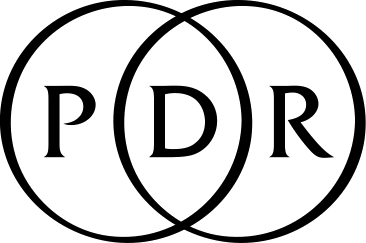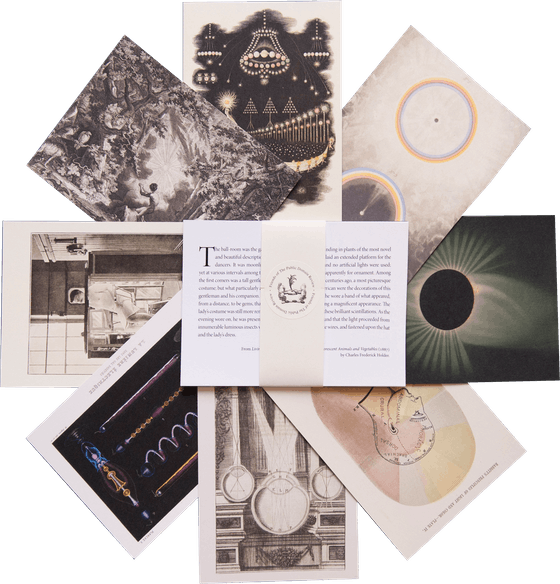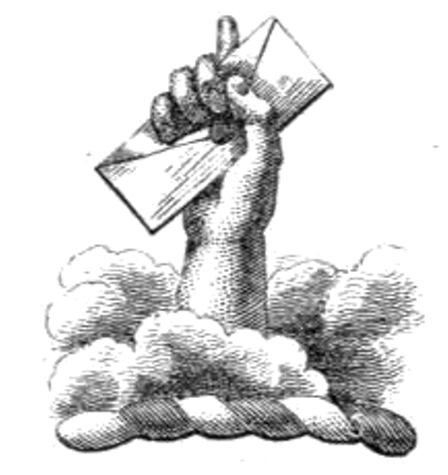
The “Private” Photographs of Bolette Berg and Marie Høeg (ca. 1895–1903)
In the 1980s, as archivists were cataloguing the estate of Bolette Berg (1872–1944) and Marie Høeg (1866–1949), they found a suitcase labeled “private” and proceeded to crack it open. Inside this cache — stored in a barn off the back of the couple’s home near Oslo, which they had purchased after years of running a commercial photography studio — were hundreds of images, taken after the working day had finished. Each, in its own way, offers a dazzling and irreverent vision of feminism and sexuality, challenging the norms that reigned in Norway at the turn of the century.
While their commercial work consists of the posed portraits and conventional landscapes typical of their time, Berg and Høeg’s private archive brims with experiments in the presentation of gender. Berg seems shyer, more often standing behind the camera than in front of its lens, while Høeg tends to ham it up: she playfully counts stacks of legal tender while wearing a neckerchief; poses with her hand on a military dagger, neck framed by a frilly tunic; and stares ahead stoically, hooded in the furs of an arctic explorer. As Sølvi Bennett Moen observes, “Høeg appears more traditionally feminine when performing as a (clearly fictitious) man, and more traditionally masculine in appearance—with her cropped hair and deadpan gaze—when performing for the camera as a woman.” Many of these images are also commentaries on social class, “send-ups of middle class respectability”, says Emma Lewis. Sometimes friends and family join the fun. In one ensemble, Høeg and her brother Karl cross-dress, he hanging off her gentlemanly arm while wearing a feathered hat and skirt; in another, the teachers Ingeborg Berg, Julie Antonsen, and Trine Ulriksen drink liquor, absorbed in a card game, while Høeg smirks at the camera mischievously and uncorks another bottle.
For many years, Berg and Høeg ran a successful studio in the naval port of Horten, selling photographs to tourists and travelers, before moving the business to Oslo (then Kristiania) and expanding their remit, publishing postcards, magazines, and reproductions of fine art. When not posing or photographing, they organized on behalf of women. Høeg had completed her photographic training in Finland, where she was influenced by the Finnish women’s rights movement — which won universal suffrage for women in 1906. In Norway, she established a branch of the National Association for Women’s Right to Vote, and used her and Berg’s studio as a salon to discuss the issues facing women at the time. Norwegian women would win the universal right to vote in 1913; homosexuality would not be decriminalized in Norway for another sixty years.
Below you can find a selection from Berg and Høeg’s private archive, courtesy of the Preus Museum. For another glimpse into private moments between women captured on camera in the same period, see our post on the photographs of Theresa Babb.
Enjoyed this piece? We need your help to keep publishing.
The PDR is a non-profit project kept alive by reader donations – no ads, no paywalls, just the generosity of our community. It’s a really exciting model, but we need your help to keep it thriving. Visit our support page to become a Friend and receive our themed postcard packs. Or give a one-off donation. Already a supporter? A huge thank you for making all this possible.
Marie Høeg and Ingeborg Berg in a rowing boat, ca. 1895–1903.
Composite photograph, Marie Høeg sitting on a swing, ca. 1895–1903.
“Vestalinne II”, featuring one of Berg’s five sisters, ca. 1895–1903.
Marie Hoeg as a young boy with a cigarette, ca. 1895–1903.
Marie Høeg, ca. 1895–1903.
Marie Høeg, ca. 1895–1903.
Marie Høeg's brother Karl, ca. 1895–1903.
Marie Høeg, ca. 1895–1903.
Marie Hoeg posing with her brother Karl, ca. 1895–1903.
Marie Høeg, ca. 1895–1903.
“Vestalinne I”, featuring one of Berg’s five sisters, ca. 1895–1903.
Marie Høeg and her dog Tuss, ca. 1895–1903.
One of Bolette's five sisters, ca. 1895–1903.
Marie Høeg and Bolette Berg in their home, ca. 1895–1903.
Marie Høeg in woollen underwear, ca. 1895–1903.
Composite photograph of Marie Høeg, ca. 1895–1903.
Marie Høeg with a mustache, ca. 1895–1903.
Marie Høeg in woollen underwear, ca. 1895–1903.
Marie Høeg, ca. 1895–1903.
Marie Høeg, ca. 1895–1903.
Marie Høeg, ca. 1895–1903.
Marie Høeg, ca. 1895–1903.
Marie Høeg and her dog Tuss, ca. 1895–1903.
Marie Høeg counting money, ca. 1895–1903.
Marie Høeg as a young boy with a cigarette, ca. 1895–1903.
Marie Høeg, ca. 1895–1903.
Marie Hoeg as a young soldier with a dagger, ca. 1895–1903.
The teachers Ingeborg Berg, Julie Antonsen and Trine Ulriksen with Marie Høeg, ca. 1895–1903.
Marie Høeg posing as an arctic explorer, ca. 1895–1903.
Marie Høeg and Bolette Berg in a rowing boat, ca. 1895–1903.
Jun 24, 2025








